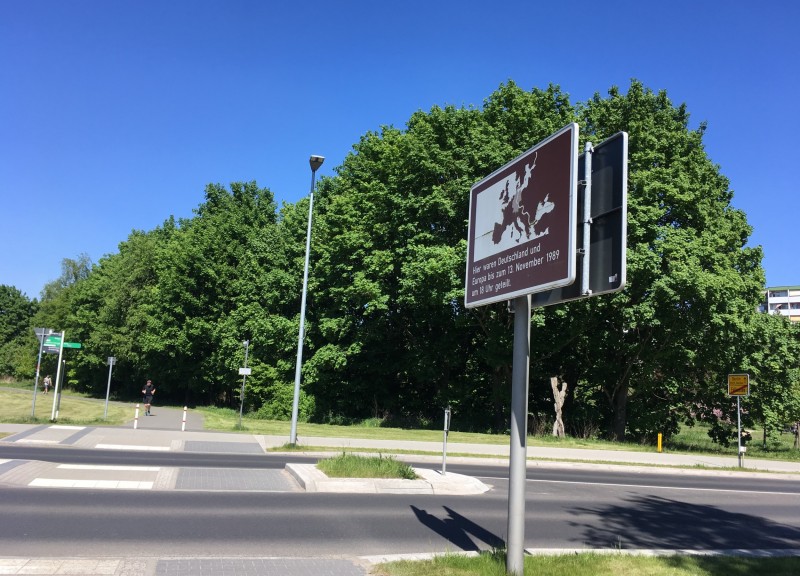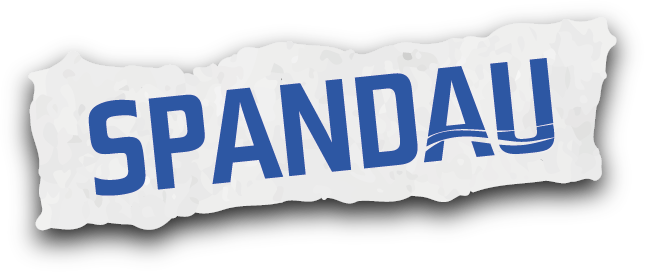Border crossings
-
 Mauerweg Strasse Grenzübergang / Foto: Gröschel Branding
Mauerweg Strasse Grenzübergang / Foto: Gröschel Branding
From August 1961 to 1989, the wall and border fortifications separated Spandau’s residents from their neighbours in the Havelland, Falkensee and Potsdam. But the border also ran through Spandau itself, because in 1945, shortly after the end of the war, the western part of Staaken was awarded to the Soviets as part of a territorial exchange. The only connection between the two parts of Spandau were the border post on Heerstraße and Staaken railway crossing.
Heerstraße border crossing
The Heerstraße border crossing in the district of Staaken was used for transit traffic. On the night the Wall came down on 9 November 1989, along with the Berlin’s inner-city border crossings. Heerstraße was opened at just after half-past midnight.
Staaken railway crossing
One of the most secure railway crossings in the world was built in Staaken for inspecting freight trains travelling through the GDR between West Berlin and the Federal Republic. Instead of barriers, massive sliding gates secured the transit corridor, which led to the crossing being nicknamed the “Elephant Gate”.
At a glance
Heerstraße border crossing
- Former border for transit traffic
- Heerstraße/Fort Hahneberg
Staaken railway crossing
- Former transit corridor for trains
- Finkenkruger Weg 2-4, 13591 Berlin
